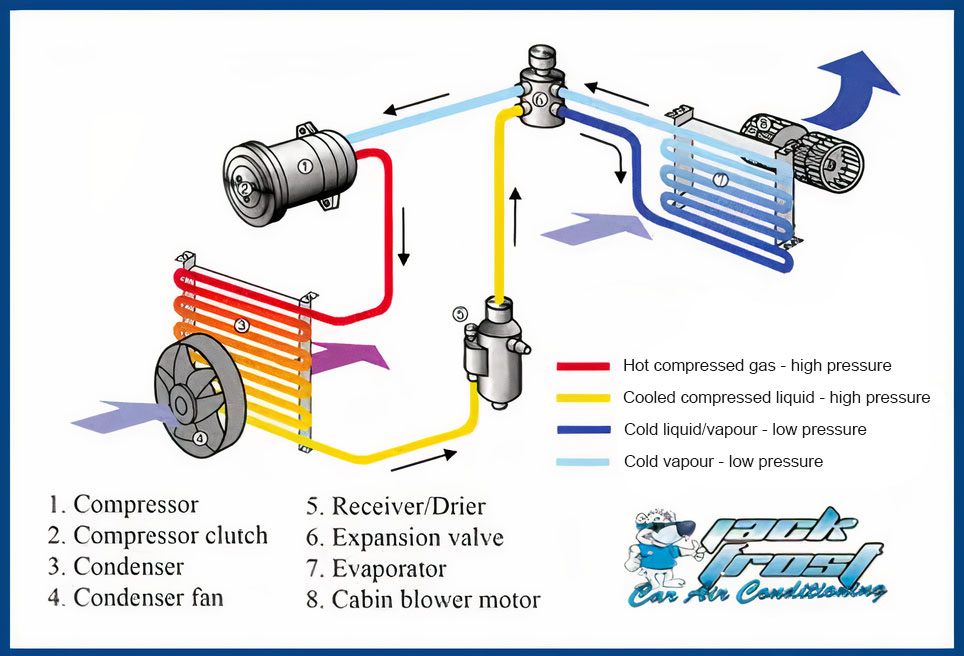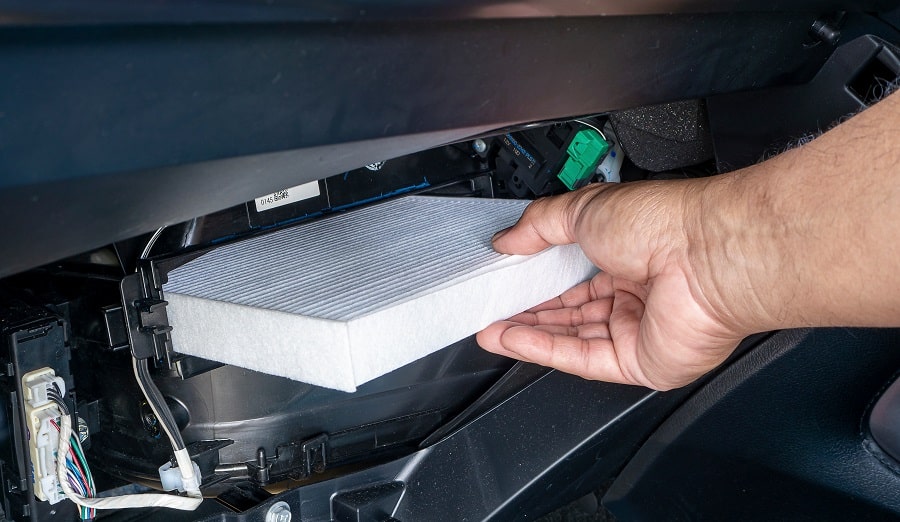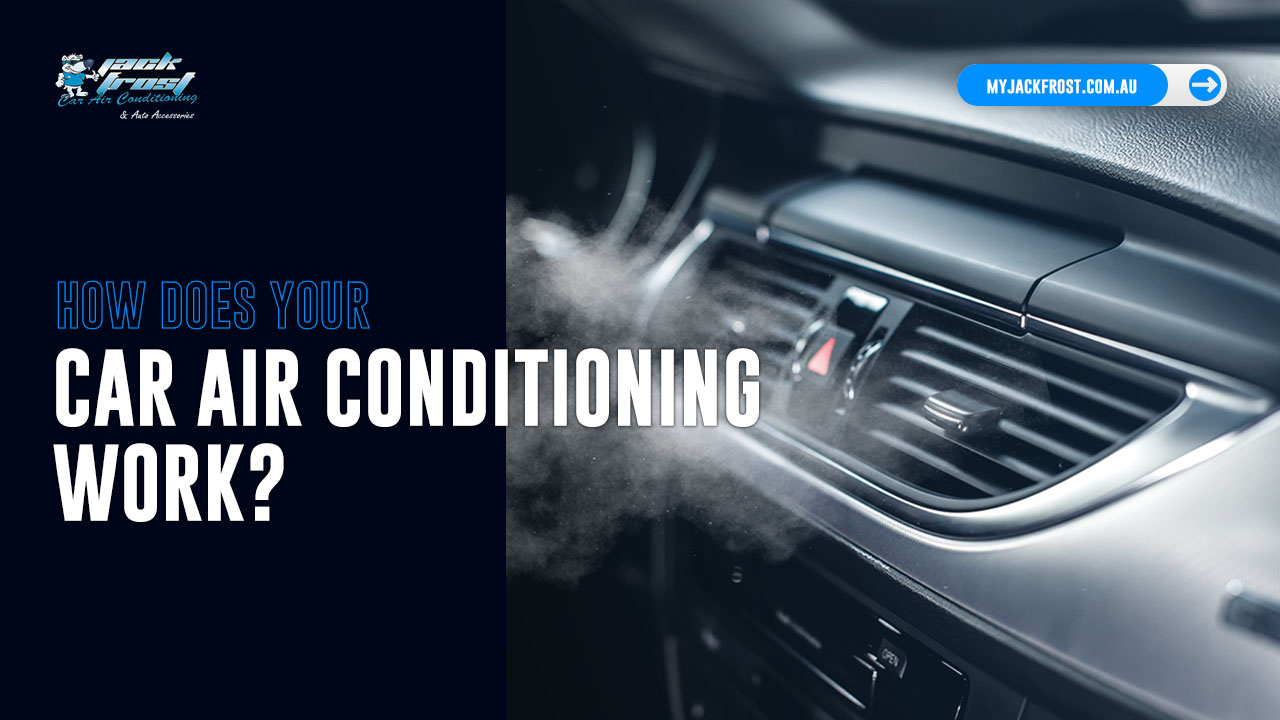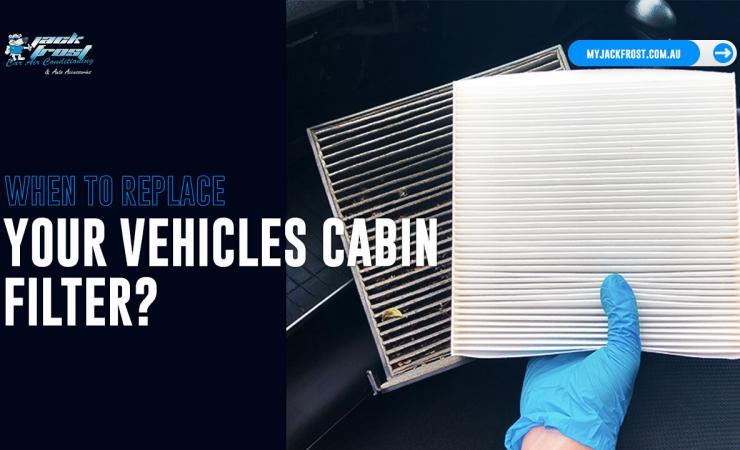The Basics of Car Air Conditioning
When it comes to car air conditioning, most people take it for granted. After all, a car’s air conditioner should just work, right? Unfortunately, that isn’t always the case. It’s important to understand the basics of how car air conditioning works so that you can make sure you keep your vehicle running smoothly.
Without your air conditioner, driving in warmer climates like Australia will become an unbearable experience for the common driver. If you’re serious about maintaining your car air read on to learn more!
Table of Contents
How Car Air Conditioning Works
Have you ever wondered how car air conditioning works? Well the car air conditioner has pretty much worked the same way for its entire existence in the modern world and that is, it cools and removes humidity from the air.
Your vehicle’s AC system is powered by refrigerant gas and uses a compressor to cool the air in the cabin. The compressor is connected to an evaporator which cools the air as it passes through. The cooled air is then sent through vents in your car cabin. When you turn off your car’s engine, the refrigerant gas stops flowing and your car will warm up again quickly.
For your car’s air conditioning to work properly, there are three main parts to the system.
- Compressor
- Condenser
- Evaporator
There are also a few other intricate parts to keep the system running smoothly such as the “receiver” and “thermal expansion valve”.
In this article, we will explain how each of these specific parts works so you have an understanding of car a/c systems works to produce cool air when driving.

1. The High-pressure Side
All car air conditioning systems are fully closed loops. In one full loop, it changes the state of matter 3 times with a high-pressure side and a low-pressure side.
We’ll start with the high-pressure side as it leads from the engine to the passenger compartment.
a. Compressor
The compressor is a pump driven by a belt attached to the engine’s crankshaft. The refrigerant is drawn into the compressor as a low-pressure gaseous form.
Once the gas is in the pump it is put under extreme pressure (250psi-400psi) and is forced out to the condenser. Compressors cannot compress liquids, only gasses.
b. Condenser
The condenser is basically a radiator, and it serves a similar purpose to the one in your vehicle, to draw heat out of the system. The refrigerant enters the condenser as a high-pressure gas from the compressor.
The process of pressurizing the gas and moving it to the condenser creates heat, but air flowing through the fins and tubes of the condenser cools the refrigerant down (condenses) changing the state of the gas to a high-pressure liquid.
Imagine steam cooling down and condensing back into the water, and you’ve got the idea. The liquid refrigerant is now a high-pressure liquid and nearly ready to cool the car.
c. Receiver-Dryer
The refrigerant needs to be prepped for the evaporator. As it moves out of the condenser, the liquid goes through a little reservoir installed in the line. This receiver-drier contains desiccants and small granules that attract moisture.
In the receiver-dryer, the desiccants remove any water that has entered the system. If the moisture is allowed to remain in the system this will react with the internal metal surfaces and mix with the system lubrication oil creating acids and sludge build-up causing premature failure of the air- conditioning system.
2. The Low-pressure Side
Now the liquid has been prepped, it is time to move over to the low-pressure side. The pressure has dropped significantly below atmospheric pressure and hence the name Low Pressure (LP) Line. This LP line will run through an expansion valve where the temperature of the refrigerant changes from a high-temperature liquid to a very low one.
a. Thermal Expansion Valve
Here, the system changes from the high-pressure side to the low-pressure side. If you were to touch this part of the system, you’d feel it change from hot to cold.
The high-pressure liquid refrigerant flows from the receiver-dryer through the expansion valve, where it is allowed to expand. This expansion reduces the pressure on the refrigerant, so it can move into the evaporator.
The valve senses pressure and regulates the flow of refrigerant, which allows the system to operate steadily, but the moving parts of the valve can wear out and sometimes require replacement.
b. Evaporator
While all the other parts of the system are located in the engine compartment, the evaporator is in the cabin, usually above the footwell on the passenger side. The evaporator looks similar to a radiator, with its coil of tubes and fins, but its job is to absorb heat rather than dissipate it.
Refrigerant enters the evaporator coil as a cold, low-pressure liquid, ideally at 0 degrees Celsius, which is why you don’t want any water in the system. The refrigerant doesn’t freeze at this temperature, but it does have a very low boiling point.
The gas moves out of the evaporator and out of the passenger compartment of the car, taking the heat with it. A fan blowing over the outside of the evaporator coil blows cool air into the passenger compartment. The refrigerant in gas form then enters the compressor, where it is pressurized and the whole process starts all over again.

Maintaining your car AC System
The best way to ensure that your car’s AC system keeps running properly is through regular maintenance by having it serviced every 1-2 years.
This includes checking the following:
- Check gas levels/pressure
- Check for leaks
- Check the integrity of AC hoses and lines
- Check AC components are in good working condition.
- Check/Replace cabin filter
By doing this you ensure that your aircon is performing as well as it should and help prevent costly repairs. This will help keep your AC running efficiently and help extend its lifespan.
Conclusion
Maintaining a properly functioning car AC system is essential if you want to stay comfortable during hot weather conditions. While understanding how a car’s AC system works may seem intimidating at first glance, understanding its basics can go a long way in helping you keep your vehicle running smoothly for years to come.
If you ever experience any issues with your car’s AC system, don’t hesitate to seek help from an experienced automotive air conditioning technician who can diagnose and repair any issues quickly and efficiently.
If the garage you’re dealing with doesn’t perform or offer a comprehensive 24-point diagnosis & inspection DO NOT deal with such a repairer.
Always get your ac serviced with a car air conditioning specialist and stay clear of car repair workshops and cowboys. They will not diagnose your system properly for leaks and faulty components and will normally just sell you a quick fix (re-gas).
Nine times out of ten your refrigerant will leak and dissipate into the atmosphere in just a few short months leaving you at square one and out of pocket. Get the problem fixed right, the first time.




